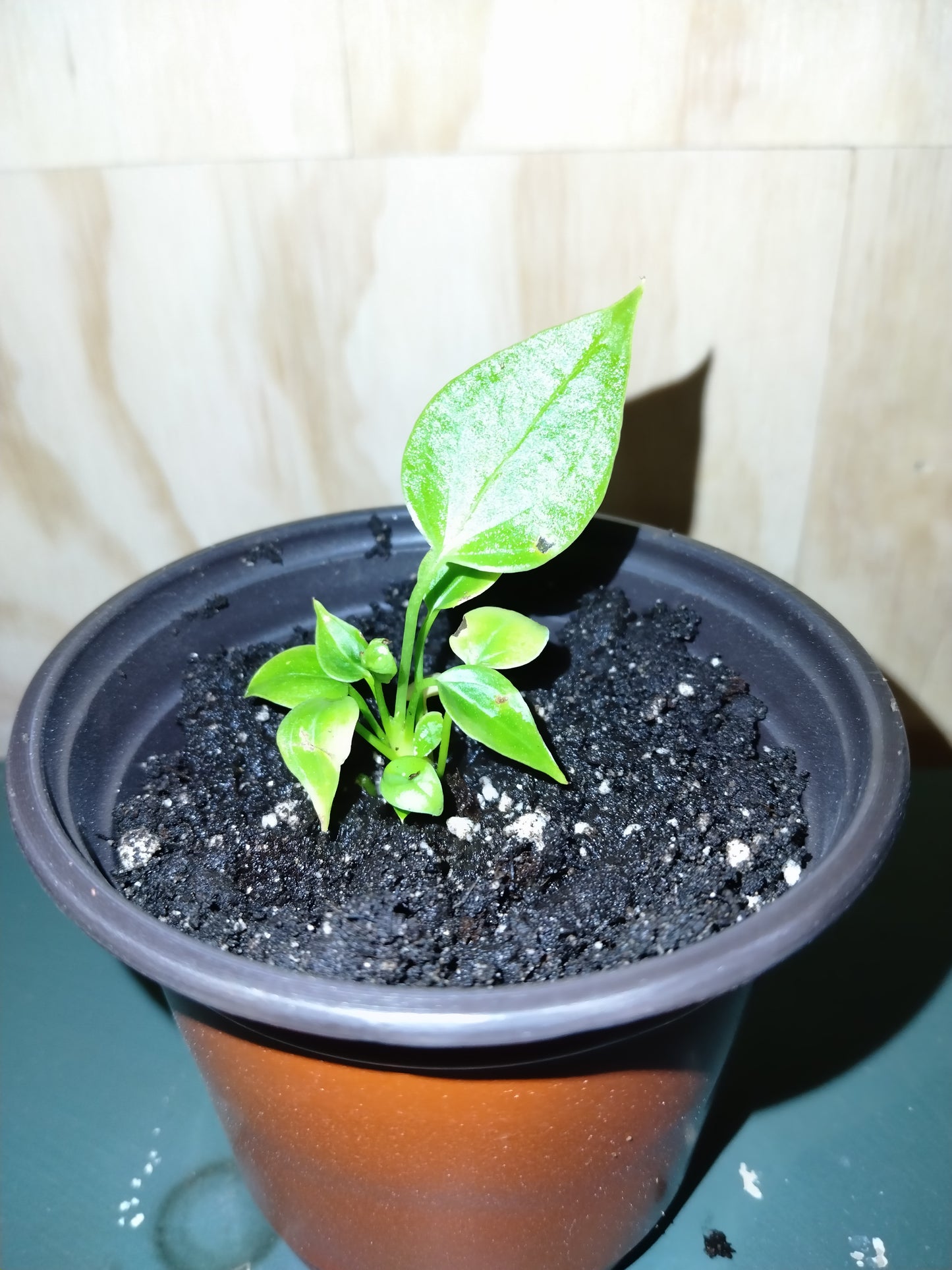The Happy Monstera Plant Co
Anthurium Veitchii-King
Anthurium Veitchii-King
Couldn't load pickup availability
🌿 Overview: Anthurium veitchii ‘King’
Botanical Name: Anthurium veitchii
Common Names: King Anthurium, Veitch’s Anthurium, King of Anthuriums
Plant Family: Araceae
Origin: Colombia, South America — typically found growing as an epiphyte in tropical rainforests.
✨ Description
The Anthurium veitchii ‘King’ is an ornamental tropical plant prized for its massive, elongated, deeply corrugated leaves that can reach 4–6 feet long in ideal conditions. The texture of the leaves is pleated and velvety, with a striking ribbed pattern that makes it one of the most spectacular foliage anthuriums. The plant’s “King” nickname comes from its majestic, throne-like appearance when mature.
🌤️ Light Requirements
-
Prefers bright, indirect light.
-
Avoid direct sunlight, which can scorch the delicate leaves.
-
Can tolerate lower light but will grow more slowly and produce smaller leaves.
🌡️ Temperature & Humidity
-
Temperature: 65–85°F (18–29°C). Avoid cold drafts or temperatures below 60°F (15°C).
-
Humidity: High humidity (70%+ ideal). The plant thrives in terrarium-like or greenhouse environments. Mist regularly or use a humidifier.
💧 Watering
-
Keep soil evenly moist but never soggy.
-
Water when the top inch of soil feels dry.
-
Use filtered or rainwater if possible to avoid mineral buildup.
🌱 Soil & Potting
-
Use a well-aerated, chunky aroid mix, such as:
-
Orchid bark
-
Perlite
-
Sphagnum moss
-
A small amount of high-quality potting soil
-
-
Ensure the pot has excellent drainage.
🌸 Fertilization
-
Feed monthly during spring and summer with a diluted balanced fertilizer (20-20-20 or aroids-specific formula).
-
Reduce feeding in fall and winter.
✂️ Maintenance & Growth
-
Wipe leaves gently to remove dust and maintain their shine.
-
Older leaves may yellow naturally as the plant grows.
-
Provide a supporting pole or moss stick as it climbs.
🪲 Common Issues
-
Brown leaf tips: Low humidity or inconsistent watering.
-
Yellowing leaves: Overwatering or poor drainage.
-
Pests: Mealybugs, scale, and spider mites in dry conditions.
🌿 Propagation
-
Best propagated by division of the root ball or cuttings with aerial roots.
-
Use sterile tools and propagate during active growth seasons.
🪴 Mature Size
-
In ideal conditions, can reach 3–6 feet tall with 4–6 foot leaves.
-
Leaves become more dramatic and ribbed with maturity.
💎 Fun Fact
The Anthurium veitchii is often paired with its “Queen” counterpart (Anthurium warocqueanum), both admired for their luxurious, statement foliage — making them the “royalty” of the aroid world.
Share

